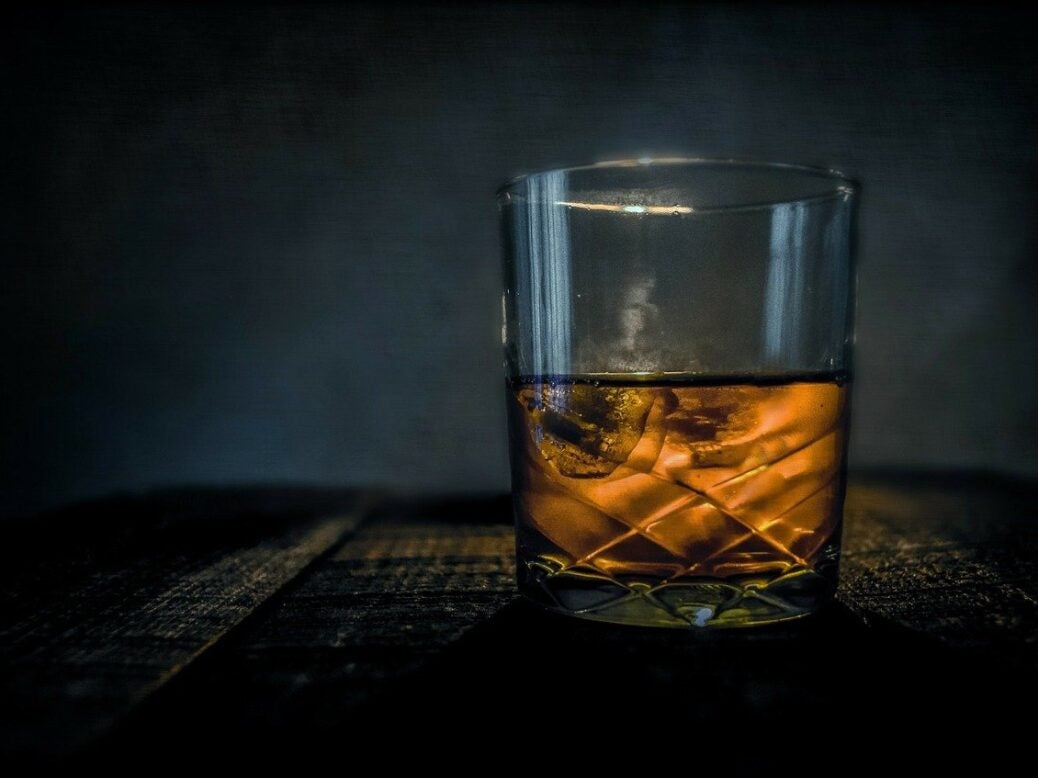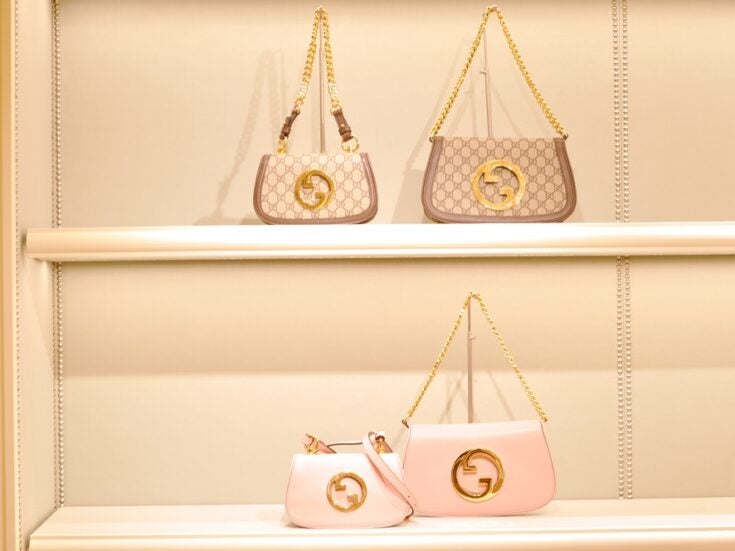
Investor interest in whisky has skyrocketed over the past ten years. Here, Katharine Swindells explains what to consider when thinking about investing
The past decade has seen growing interest in whisky as an alternative investment, with different markets cropping up and record prices for rare and high-quality whiskies making headlines.
In 2020, amid a year of economic turbulence, there were still many record-breaking sales. Scottish distillery The Macallan dominated the top bottle sales of the year, while rare Japanese whiskies Yamazaki and Karuizawa also sold multiple bottles for hundreds of thousands of pounds each.
In February, a 1926 60 year old Macallan sold for £825,000, making it the first million-dollar whisky sold at an online auction. A bottle of Yamazaki 55 years old broke the record for the most expensive single bottle of Japanese whisky sold at auction for over half a million pounds in August. Nc’nean, a new organic and sustainable Highland distillery, sold their inaugural bottle for £41,000 at an online charity auction in August – a world record for a first release.
According to the 2021 Knight Frank Wealth Report, rare whisky has seen an almost 500 per cent growth in value over the past decade. Though prices contracted by 4 per cent in 2020, it still ranks as a far better investment over the past ten years than other luxury items, such as cars, art or wine.
At the heart of whisky demand is scarcity: many rare bottles are stored, but many are drunk too.
Andy Simpson, founder of Rare Whisky 101, which catalogues auction data, says that the growth of the internet has been a crucial change of the last two decades. In 2008 and 2009, eBay became a huge marketplace for the auction of rare whisky bottles, but when alcohol sales by unauthorised sellers were banned on the site in 2012, online auction sites sprang up to fill the void, and the traditional auction houses started organising online auctions too.
‘Online did what it should have done,’ Simpson says. ‘It really destroyed the traditional auction sector, and democratised access to the market’”
Online auctions allow investors from around the world to bid on rare bottles. UK and US auctions in particular have been attractive to Asian clients.
‘Demand is still outstripping growth,’ says Simpson. ‘Whether that continues… I’ve never been a betting man. But at the moment, we’re still seeing prices increasing. Whatever’s coming to the market is being hoovered up.’
Whisky can be an exciting option for those looking to diversify their portfolio and combine financial investment with a personal hobby. The whisky market is unregulated, and often the data can be misleading with sales of high-value rare bottles used to project the growth of new distilleries or unbranded casks, which have no real correlation. Being informed of the different options is key.
Investing in bottles
The most well-known form of whisky investment is in old and rare bottles. This can be a good option for whisky enthusiasts looking to dip their toes in the water, thanks to online growth, where bids can be placed on single bottles across a range of prices.
As a general rule for whisky investment, there are two key factors: age and age statement (how long the whisky was matured in the cask). An older age statement is more valuable from an investor’s perspective, Simpson explains. And the further back a whisky was distilled, the rarer it will likely be, making it more valuable.
Data from Rare Whisky 101 shows that the value of the top 1000 rare bottles has grown by almost 350 per cent since 2013, but growth has slowed, and the value of the Apex 1000 has only grown by 20 per cent since the beginning of 2019.
whiskyauction.com is one of the largest sites of its kind in the UK, with thousands of bottles up for auction every month, and prices reach up to tens of thousands of pounds. A 50-year-old Dalmore, sold on the site for £46,500 in March was one of the most expensive bottles sold at auction last year.
It is important to take time to learn the whisky world, and honing your palate and tastes, says Whisky.Auction‘s auction director Isabel Graham-Yooll.
‘Traditionally you split the whisky buyers into three – investors, collectors and drinkers – and that is just not true,’ she says. ‘There are some that will only be interested in one aspect, but for the most part people are doing all three, even if they don’t realise.’
Becoming an expert – going to tastings, meeting other collectors and learning about up-and-coming distilleries – takes time and commitment. And a return is by no means guaranteed. But Graham-Yool says that’s part of the excitement.
‘Every whisky I taste is an investment,’ she says. “It sounds like something that’s quite airy-fairy and it really isn’t. Every whisky has developed my palate, my interest, my career.’
Investing in casks
As the whisky bottle investment market has grown, and the most valuable bottles have become harder to find, there has been an increasing interest in investing in cask whisky.
Unlike bottled whisky, it is easy to make large investments. The whisky is stored and checked by experts until the client is ready to sell or bottle it. With scotch, this needs to be held in an HMRC bonded warehouse in Scotland. A cask’s value will differ based on the distillery, its age, how it’s stored, and how full the cask is.
When the client wants to exit their investment – usually when the whisky reaches a ‘significant age’ – they can choose to sell it on to another investor, or sell it to a licensed bottler, who may agree to give a few bottles from the cask for personal use. The client can also choose to bottle the whole cask into around 200-300 bottles, which can’t be sold legally, but could be given as gifts.
For Simon Aron, Managing Director of Cask Trade, investing in casks is ‘a lot easier’ than having to buy whisky by the bottle.
While data on cask investment is harder to track than for bottles, Aron estimates that an average short-term investment (of up to four years) could see between 22 per cent and 40 per cent return on investment (ROI). Longer-term, a cask kept for a decade could see up to a 180 per cent ROI.
It’s a much more steady growth [than bottles],’ says Aron. ‘I wouldn’t say it’s as exponentially large. Casks are a much steadier investment, much more long term, and you have a lot more options.’
Aron hopes that cask investment can offer an option for those who are interested in investing in whisky, but want an easier process than investing in bottles.
‘They can do it as an investment, clean and simple, or they can do it as a little bit more of a romantic journey and enjoy the experience,” he says.
If the goal is just investment – perhaps you don’t even like the taste of whisky – there are options such as WhiskyInvestDirect. The aim, says market director Dan Jay, was to make investing in whisky as easy as investing in gold bars – the sector on which they based their business model. Clients can buy and sell whisky by the litre, watching the prices go up and down on a live dashboard.
‘Why is our platform different?’ asks Jay. ‘It’s really the ease with which you can get into the market and get out.’
With this form of investing, the distillery and brand aren’t so important, as the blended market will always need to buy in bulk. Jay says big companies will sometimes make orders from WhiskyInvestDirect at tens of thousands of litres, at a premium to the investors selling.
Growth tracked across three example investments of £10,000 each, shows that whisky has seen steady and consistent growth over the past five years, of similar growth to the average stock investment. And, importantly, whisky saw a quick recovery after the dip in spring 2020 caused by Covid-19.
Investments such as these don’t have the same certainty that comes with owning a tangible bottle, and there are a proliferation of scams. WhiskyInvestDirect have published advice on being cautious when investing, including making sure the product is stored in an HMRC bonded warehouse, and insisting on transparency about stock and price, and proof of origin of the whisky.
Where to start…
So, what do the experts recommend?
Andy Simpson, Rare Whisky 101:
- Long discontinued bottles released in the 1960s and 1970s are in huge demand right now. 10-year-old Laphroaigs can sell for thousands of pounds because they are so scarce and the spirit is so different to today’s contemporary releases.
- From a distillery perspective – We’ve always said silence is golden… Bottles from silent/demolished distilleries will only become rarer over time. We know many bottles are still bought for consumption and when no more can ever be produced, values are increasing.
- Both peated whisky and heavily sherried whisky are still very desirable flavour profiles – Lagavulin, Laphroaig, Ardbeg, Bowmore and Caol Ila seem to be experiencing ever increased demand for peated whisky, while Glendronach, Tamdhu and Aberlour are releasing some interesting, collectable heavily sherried bottles. Macallan have fallen a little out of favour with many of their contemporary limited releases now selling at auction for less than their original retail prices. Their ‘old-style’ bottles are still performing very well.
Simon Aron
- Glen Garioch 2009, priced £5,719 a cask, is an up and coming distillery producing excellent whisky that will only go up in value.







